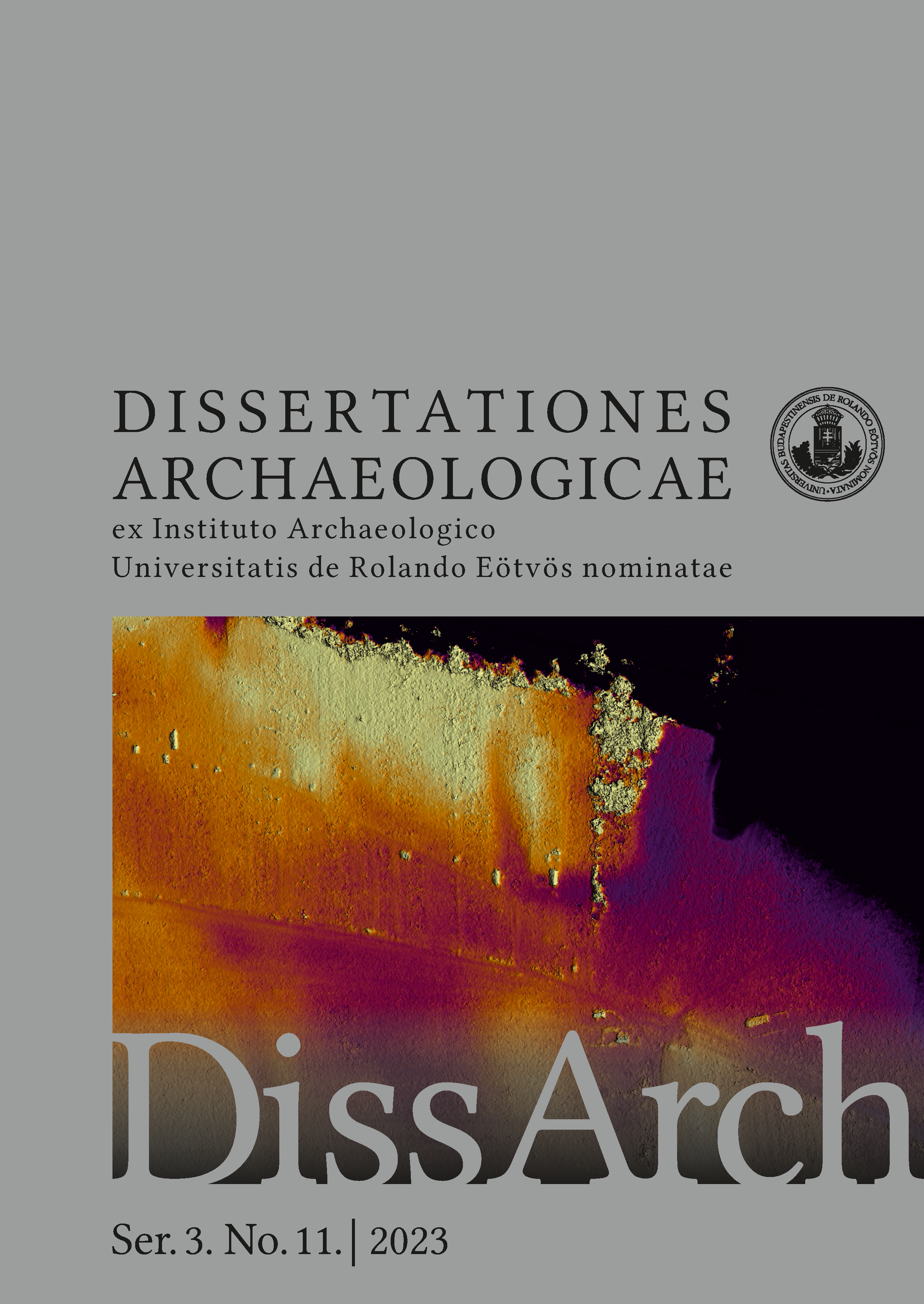Published 2024-03-26
Keywords
- Early medieval archaeology,
- archaeology of the Middle Danube Basin,
- relative chronology,
- absolute chronology,
- radiocarbon dating
- Avar Period,
- Hungarian Conquest Period ...More
How to Cite
Abstract
The study presents the evaluation of a radiocarbon series, currently unparalleled in the research of the early medieval Carpathian Basin, which comprises data from the 7th to the 10th century AD. We provide a data set that, when combined with the radiocarbon data available in the related literature, covers the period in focus. The results of its analysis can be considered novel in several respects: 1) the radiocarbon data sequence and the relative chronological framework established for the Late Avar Period concord, 2) based on the radiocarbon sequence, the Middle Avar Period in certain large cemeteries (i.e., Tiszafüred-Majoros) started considerably earlier than it was assumed previously, based on ‘Middle Avar Period’ elite graves—and, interestingly, earlier even than the coin-dated ‘Middle Avar’ elite grave horizon, and 3) the data of the latest grave horizon in Avar cemeteries suggests a similar asynchronism between the related sites. The data set allows one to draw preliminary conclusions about the trends of the early medieval cultural and social transformations in the Carpathian Basin and outline ‘innovative’ groups which, by maintaining contacts with diverse regions outside the Carpathian Basin, played a central role in these processes.


